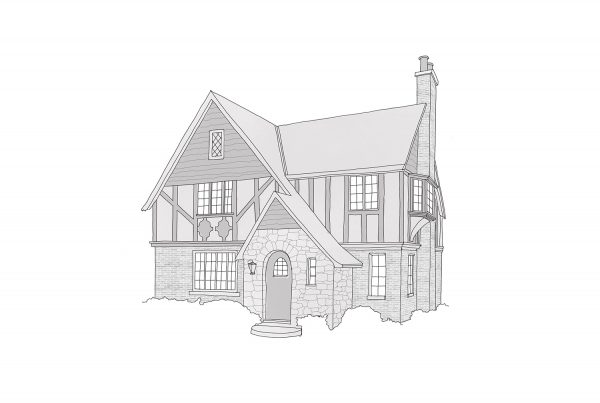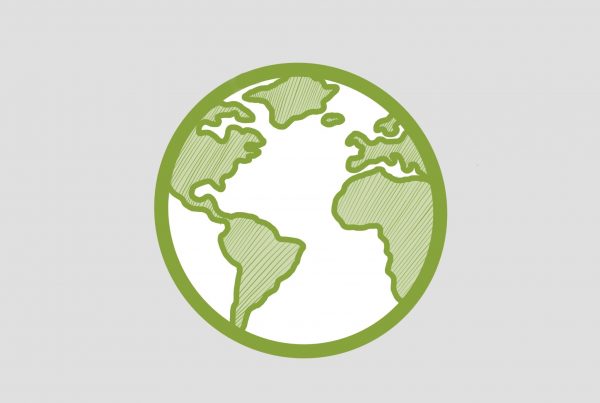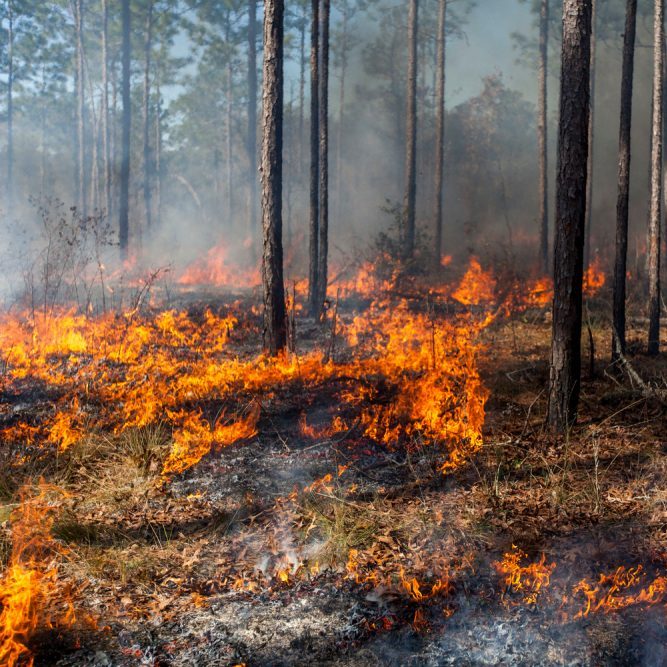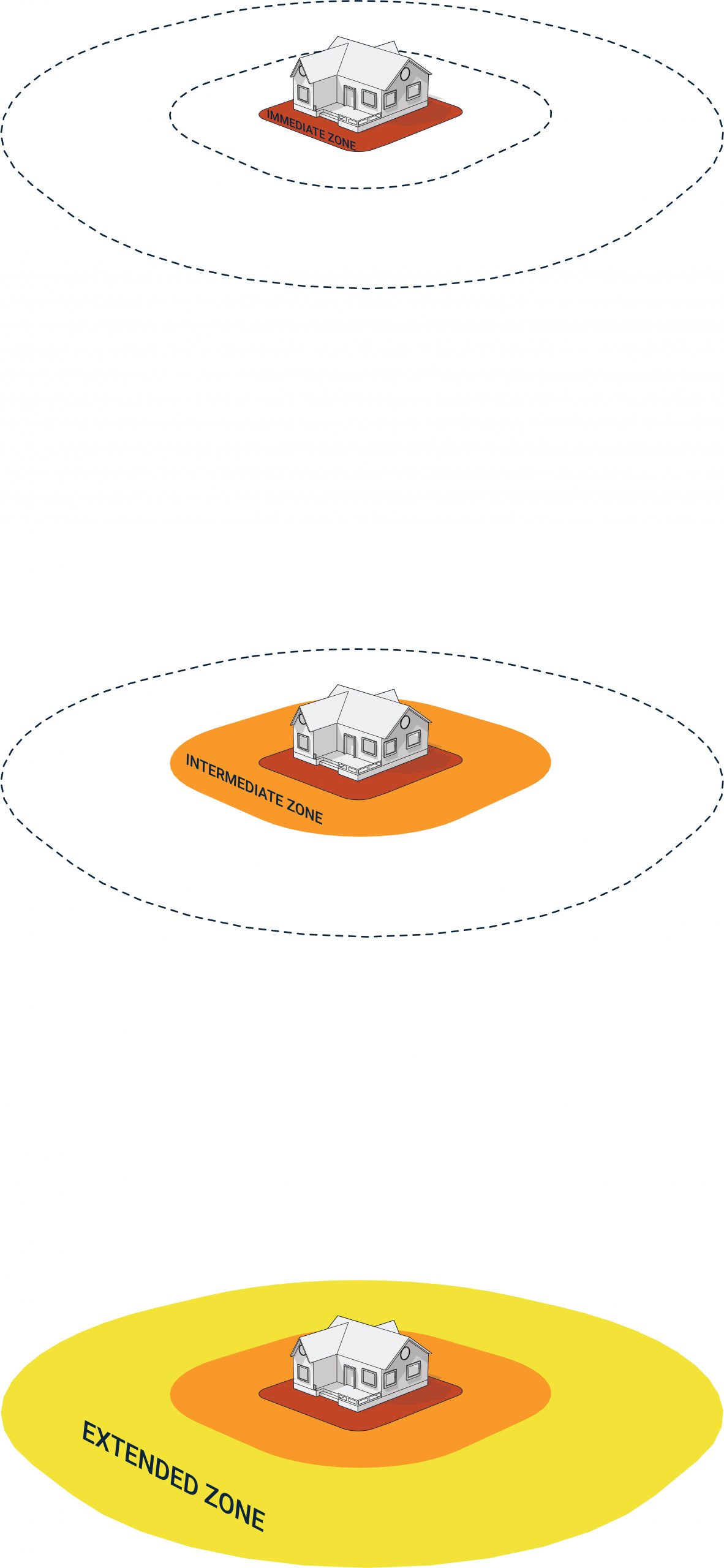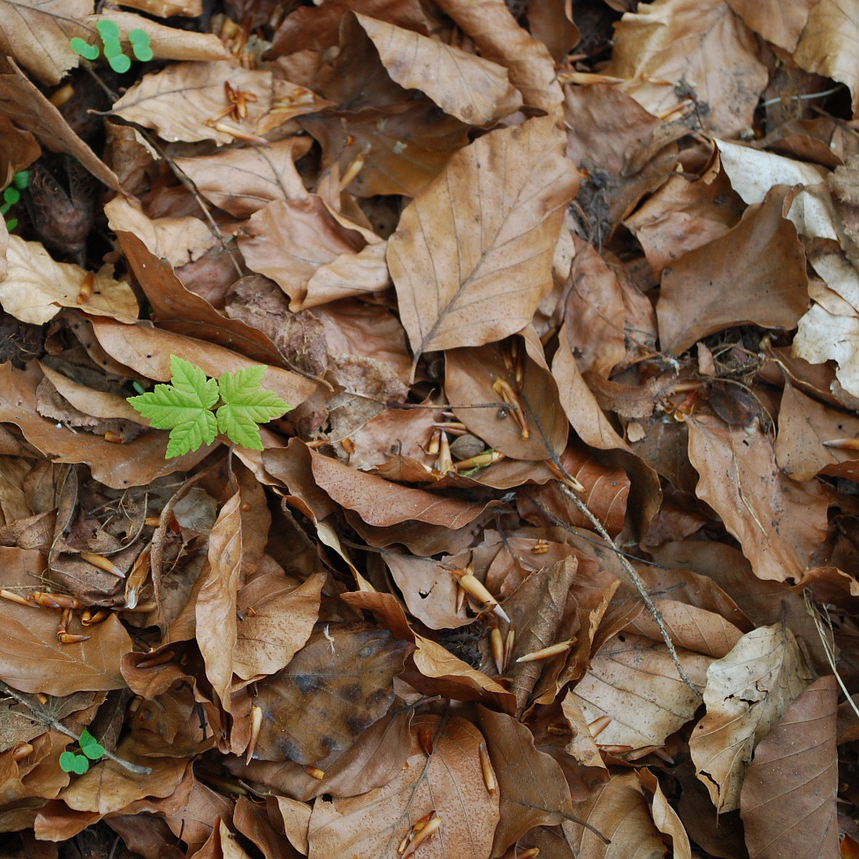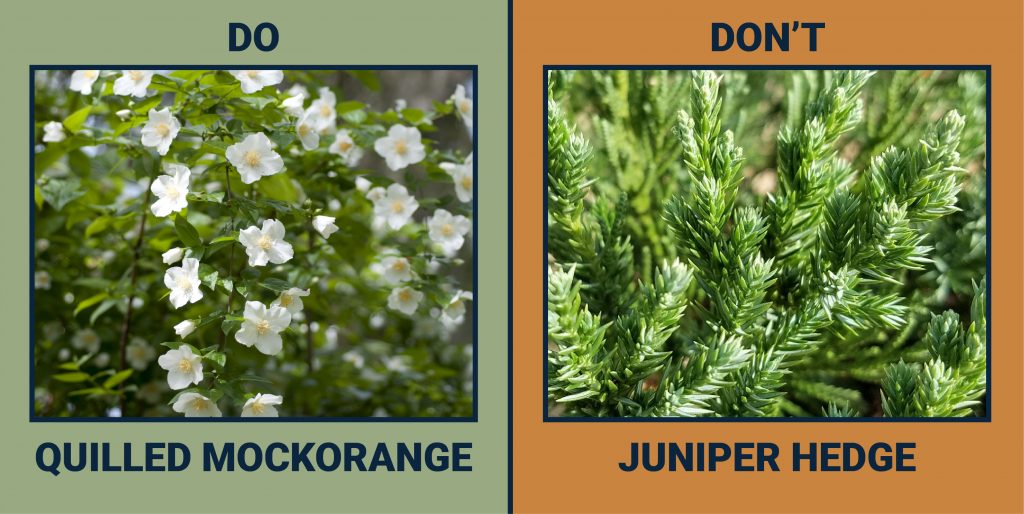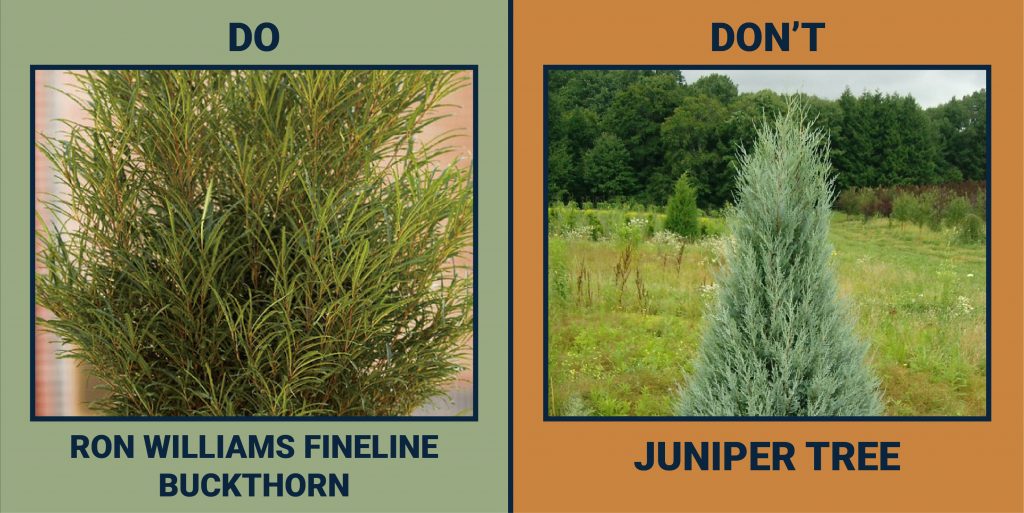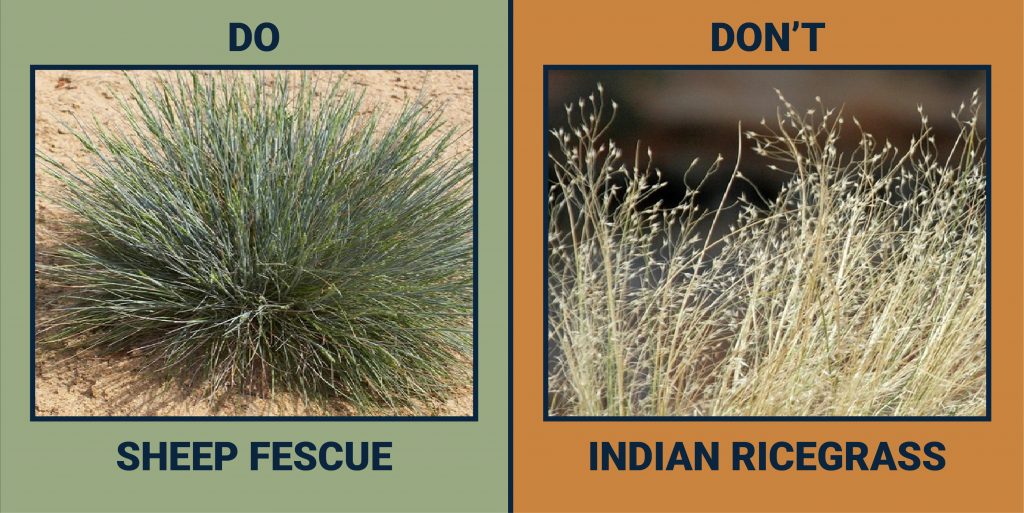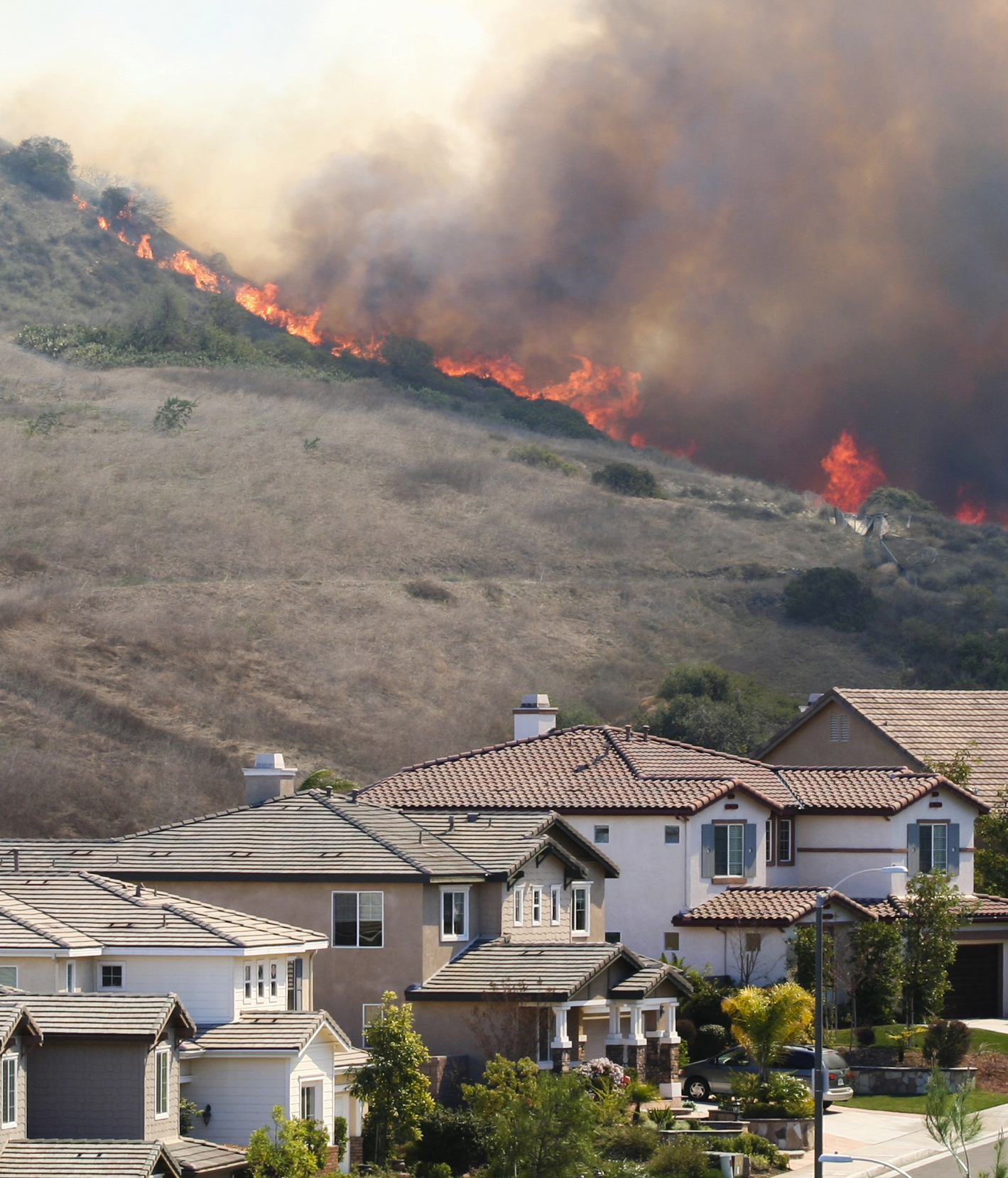FIREWISE USA DESIGN
JULY 6, 2020
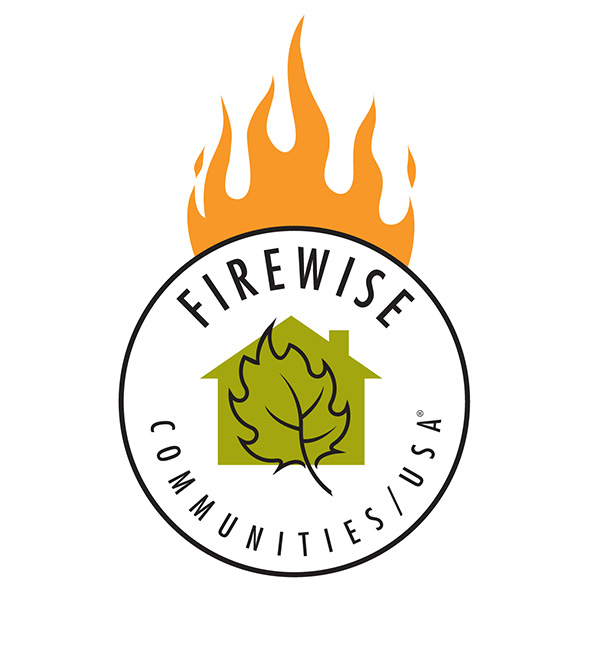
WHAT IS NFPA FIREWISE USA?
Firewise USA® is a program started by the National Fire Protection Association (NFPA) that teaches people to better understand wildfires, and increase their home’s chance of survival through proactive actions. To be recognized as a Firewise USA® site, community members and residents collaborate with state forestry agencies or fire departments to obtain a written wildfire risk assessment, and develop an action plan for their community. By hosting outreach events, and working with neighbors, the NFPA has created the Firewise USA® tool to spread awareness about what homeowners can do to reduce wildfire risk in their area. Based on the Firewise risk assessment, we have outlined the strategies below to keep your family and property safe from fire vulnerabilities.
Understanding Home Ignition Zones
There are 3 main ignition zones outlined in the Firewise USA communities program, Immediate Zone (0 to 5 feet around house), Intermediate Zone (5 to 30 feet around house), and Extended Zone (30 to 100 feet around house). Each zone has suggested steps homeowners can take to reduce risk of ember ignitions, and fire spread.
In the Immediate Zone, trimming branches that overhang the home, porch and deck spaces, as well as cleaning dead leaves and needles can prevent fires from spreading and damaging homes. This zone should be particularly free of any combustible hardscape materials as well as any plants that naturally produce oils / waxes.
The Intermediate Zone is typically composed of driveways and landscaping. Here, it’s helpful to create fuel breaks with pathways and other hardscapes to prevent fire from spreading. Keeping lawns and native grasses mowed to a height of 4 inches is also important in minimizing ember ignitions and spread. Trees must be spaced at a minimum of 18 feet between crowns, and vegetation should be removed from under them.
The last of the three zones is the Extended Zone. In this area, maintenance is key. Disposing of heavy accumulations of tree material and dead plants is critical to reduce combustible materials around the site. It is also important to ensure that trees are no closer than 12 feet between crows.
Fire Resistant Construction
When building a home, it’s important to consider how construction materials can affect the risk of high damage during a fire. From local fires, to wildfires, embers can spread and ignite if construction materials aren’t fire-resistant and non-combustible. There’s three basic wildfire exposure methods: wind blown embers, radiant heat, and direct flame contact. It’s important to note what proactive measures homeowners can take to minimize fire vulnerability to their home and keep their family safe.
Starting from the perimeter of your home, any attachments to your home such as decks, porches and fences should be fire-resistant or fire treated. Flammable materials should never be stored near the home or underneath decks and porches, as a safety precaution. Embers can collect in small nooks and crannies and ignite materials; This is why periodic removal of dead vegetation from under and between deck board joints is critical in removing vulnerabilities. Increasing the gaps between deck boards, as well as joist spacing can significantly reduce flame spread. Installing sprinkler systems on the exterior landscape of your home can also minimize the opportunity for ignition by wetting both the home and the surrounding plant material.
It’s clear that using fire resistant construction materials on the home itself can help protect a home in a disaster. The use of fire resistant siding such as brick, fiber-cement, plaster, or stucco can slow down fire spread, and greatly reduce damage. Installing dual-pane tempered glass windows can help with cracking caused by radiant heat from flames. Applying fire-retardant coats, as well as intumescent paints can provide added protection and insulation to building components as well. When it comes to roofing material, Class A fire-rated roofing products will offer the best protection; These include composite singles, metal, concrete, and clay tiles. It’s also important to remember that blown embers can get trapped in eaves and vents, so these elements should be boxed-in or screened with metal mesh. Skylights become very tricky when designing resistance to fire, especially on low-sloped roofs due to the accumulation of debris. Using dual-pane tempered glass, and staying away from combustible plastic domes will help to minimize risk.
Landscaping and Firewise Plants
When starting a landscaping project, it’s important to think about what plants are more fire-resistant than others. Not only can you create a landscape design that survives wildfires, but you can potentially save surrounding buildings from going up inflames. Plants can serve as a spreading tool for fire; This is why it is important to strategically plan the placement of your plants, as well as choosing firewise plants. Below you’ll find some do’s and don’ts on plant species.
Disaster Plan
What happens if a wildfire starts getting too close? Discussing and developing an emergency action plan with your family members should be high priority if you live in a wildfire prone area. Having an idea on what steps to take in case of a fire would significantly speed up the process of getting your family out of the immediate area. A plan should include details for how to keep family pets and livestock safe in a fire. Making sure your family has the proper tools such as a reliable water source, shovels, rakes, axes, and chainsaws could help you prevent a small fire from getting bigger. The most important thing for all family members to determine and understand is a meeting place, as well as reviewing all routes out of the neighborhood, in case any are compromised. It’s critical to remember, if you or your family ever feel unsafe- you should not wait to be notified by officials to vacate the property.
Emergency Responder Access
Having well-designed roads and access points to your property and neighborhood will not only help emergency responders during wildfire situations, but will allow rapid response teams access the area during other emergencies as well. Short blocks, connected street networks, alleys, wide streets, and wide lanes are all things that allow firefighter vehicles to reach their destination quicker and more efficiently. As a homeowner, it may be difficult to control these factors in your neighborhood, but there are ways for you to make sure your property is easily accessible. Making sure your driveway is at least 12 feet wide, with a vertical clearance of 15 feet, and a slope of less than 5 percent will allow access for most emergency vehicles. Always ensuring that your driveway and home are accessible, is the best way to help emergency responders put out any fires that may have started.
Learn More
RECENT POSTS / VIEW ALL POSTS
Recent Posts / View All Posts

